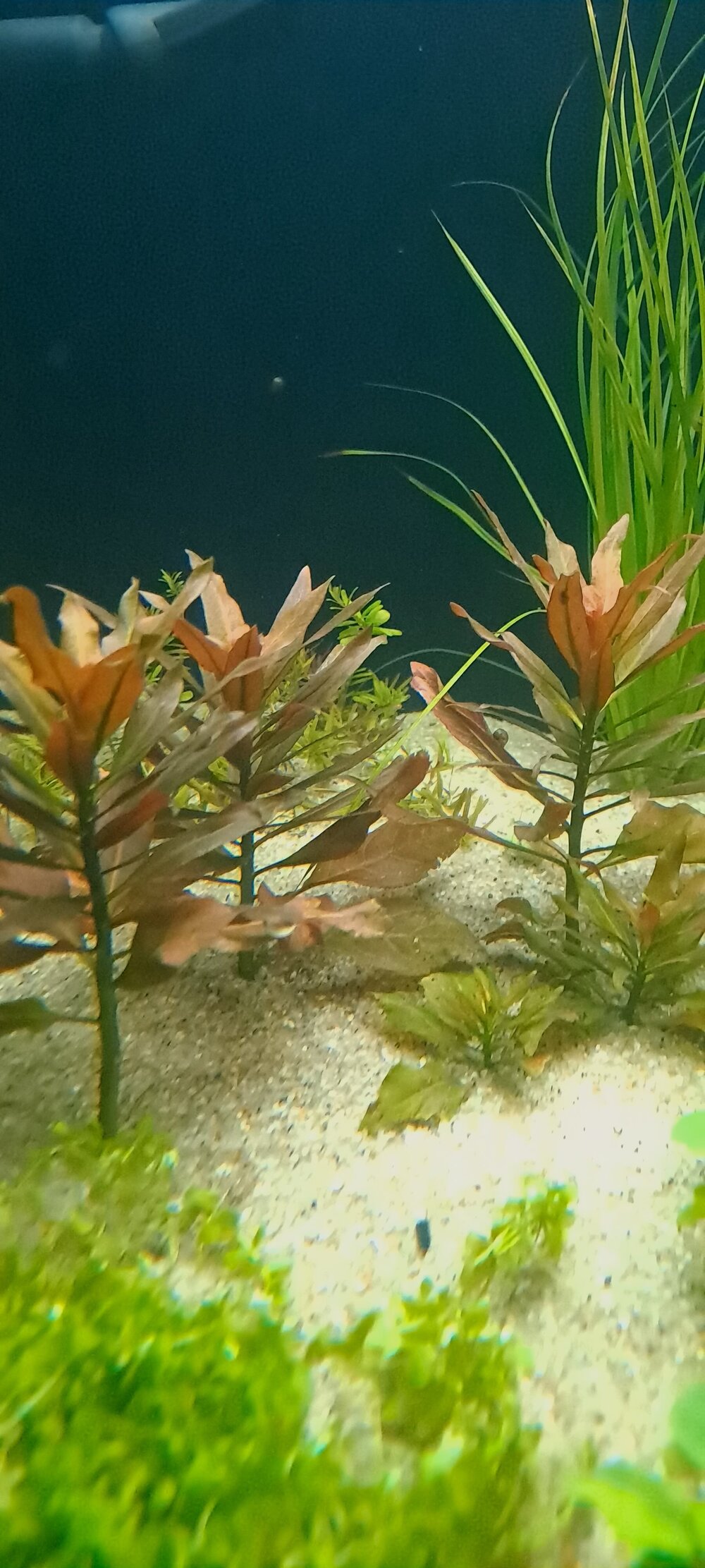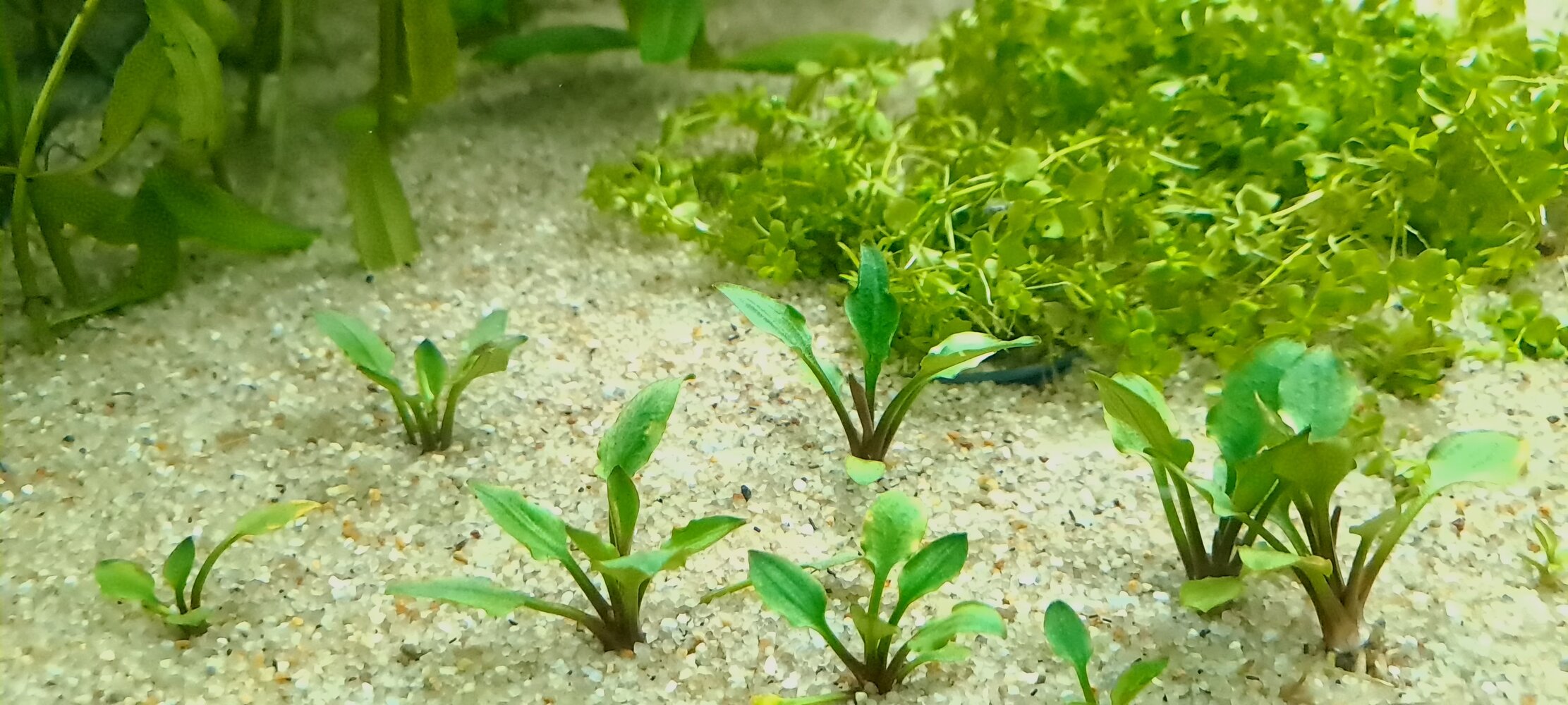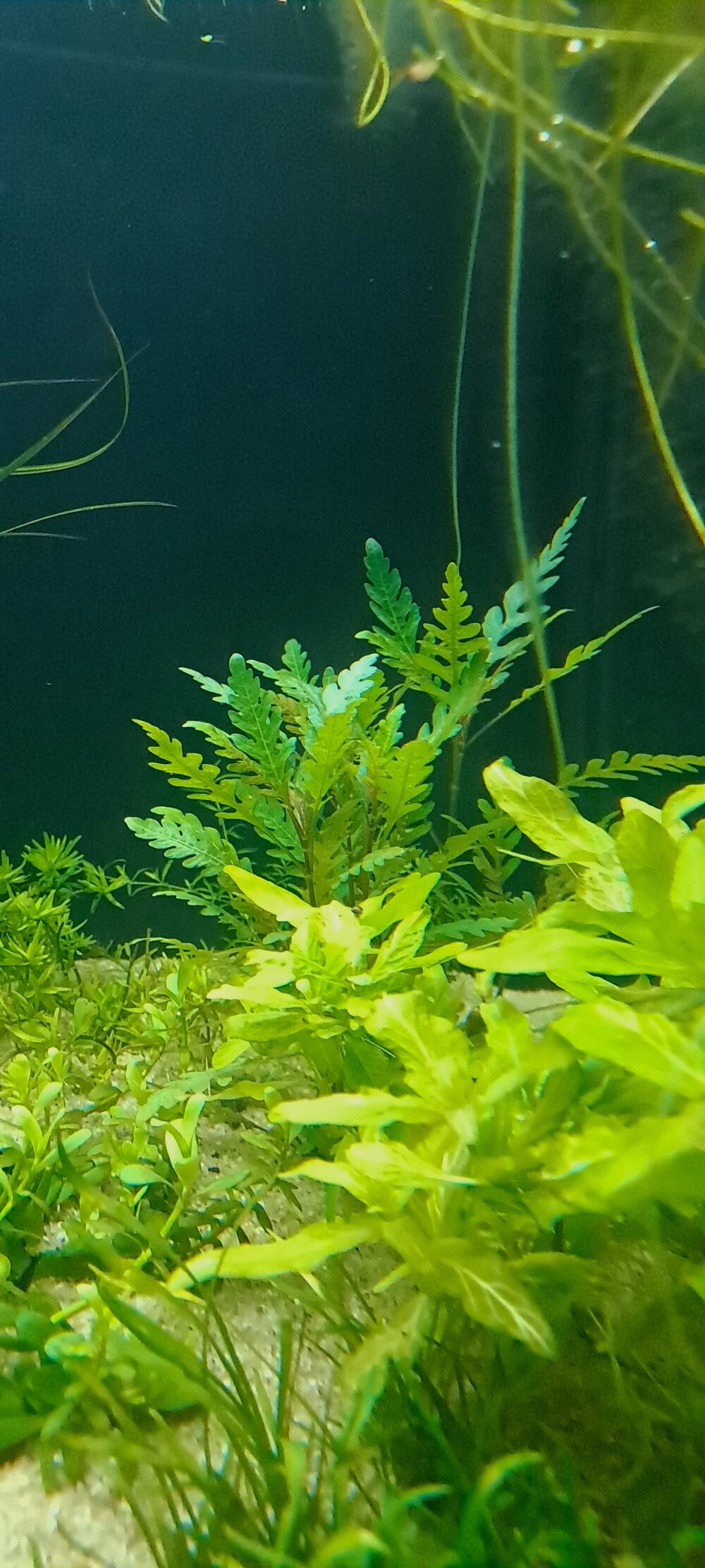I know that ammonia is not considered a trigger of algae by everyone, and it is even used as fertilizer in some soils if I am not wrong. I like the model in which the algae are considered predators, and the local microenvironment on damaged plants triggers them. I don't know if ammonia is a part of that environment, but I imagine some good nitrogen source in the form of high local ammonia can not hurt the algae. I also like to think there is a difference between algae types.I think it's unlikely. I don't think ammonia is the algae trigger, in the first place.
One of many arguments: Due to dissociation curve of ammonium/ammonia, algae would grow much more prominently in basic environment, and below pH = 6.5 would be near impossible. Obviously, this is not what we observe in our tanks.
I think it is possible theoretically to have effective passive diffusion of NH3/NH4 through membranes even if the relative NH3 amount is very low (like less than 1/1000th of NH4+ concentration), since NH3 will be converted back to NH4+ inside the cells, thus securing the low concentration for diffusion. What would limit the transport is the increase of the pH inside the cells, and whether there is a coupled transport mechanism that takes care of that (like parallel Cl/HCO3 exchange). I know little about algae physiology, so I can only speculate. However, algae may have specialized NH4+ transporters, making the uptake less dependent on the pH.





